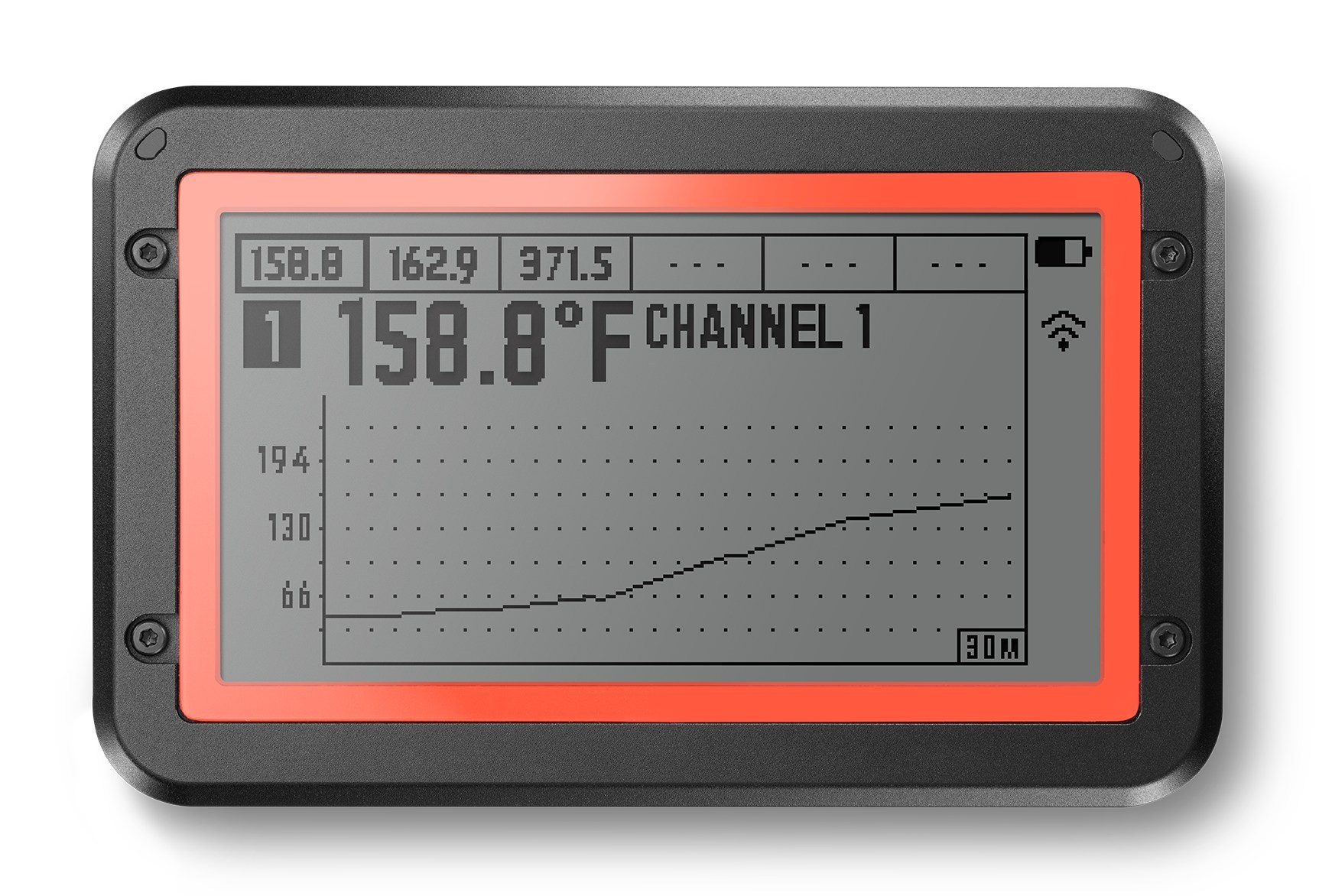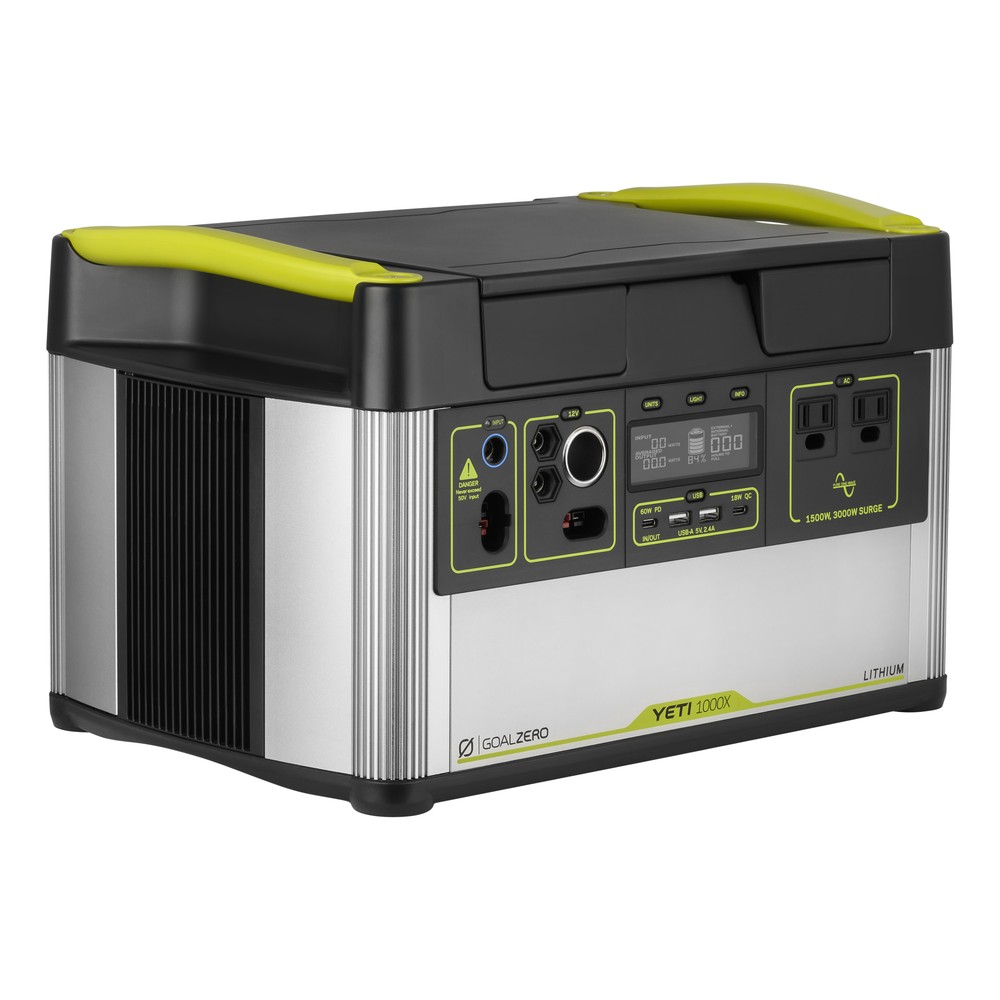How Green Warehouse Tech Is Both Efficient And Competitive
Today, a growing number of companies are embracing ideas that place a strong emphasis on minimizing their organization’s environmental impact. Going “green” isn’t just about taking a principled stand; many companies also find it to be an effective way to save money.
Financial factors aren’t the only forces driving companies toward going green. In today’s marketplace, there’s considerable positive cachet available for companies that commit to being environmentally friendly. A recent Nielsen survey (spread across 60 different countries and soliciting responses from more than 30,000 consumers) shows that a majority of consumers (55 percent) would be willing to pay extra for products and services provided by companies that make environmental friendliness a priority.
Warehouses and distribution centers are surprisingly promising areas for going green. Increasing automation in warehouse operations can provide significant environmental benefits. There are three key green benefits delivered by automation: reduced land usage, reduced energy consumption, and reduced waste production.
1) Reduced Land Usage
The total amount of land a company has to devote to warehouse operations depends on the size of its inventory. As the inventory grows, more land (and often more construction) can be required. Automation technology can help turn this trend around. A high-density automated storage and retrieval system (AS/RS) significantly increases the amount of material that can be effectively stored within a given building footprint. The increase in density is significant; the average reduction in square footage required for a warehouse can be 40 percent or even more. A more extensive AS/RS that fully utilizes the vertical dimension can reduce space requirements by as much as 300 percent. Incorporating an AS/RS into warehouse plans from the outset will significantly reduce the amount of land the organization requires. The addition of an automated storage and retrieval system is also a viable alternative to purchasing more land to expand a warehouse. The existing storage space can be densified instead.
2) Reduced Energy Consumption
There are multiple issues with manual warehousing operations that lead to unnecessary energy costs. Lighting requirements and the increased amount of climate control required to counteract personnel ingress and egress both require additional power. This becomes especially costly in perishable goods warehouses, where the need to maintain lower temperatures through refrigeration can be particularly costly. Automated warehouses operate with lower energy costs. Lighting is not required on automated aisles outside of maintenance and viewing events. Operators can even visually survey operations through cameras equipped with LED lighting.
Energy savings can be further increased in an automated warehouse by using regenerative braking on storage and retrieval machines (S/RMs). This reduces the amount of energy wasted on braking by recapturing a significant amount of it. That power can be stored and re-used by the machines operating within the warehouse or even transferred to the power grid for further savings.
3) Reduced Waste Production
Conventional warehouses that rely on forklifts produce unavoidable amounts of waste thanks to re-packaging requirements and loss of product to mishandling. In an automated warehouse, the reduced number of fork trucks required also reduces the amount of waste they generate. In an AS/RS, products are transported throughout the space by S/RMs and conveyors without ever leaving their palettes. The added stability and smoothness of an automated system reduces the amount of packing material (e.g. plastic stretch wrap) required to keep products secure. A reduction in the number of forklifts required also reduces the infrastructure and energy costs of running them. Eliminating an electric forklift, for example, cuts down on the cost of forklift batteries and charging stations. The negative environmental impact of commercial-grade batteries like those used in forklifts can be quite significant.
Waste, damage, and energy expenditure can be further reduced by setting up a warehouse execution system, or WES. This is an operations optimization tool that combines all of the best features of a warehouse control system (WCS) and warehouse management system (WMS) into one application. This sort of control can be particularly useful in warehouses that handle time-sensitive products, enabling more efficient first-expired first-out (FEFO) inventory handling.
Warehouse automation technology is now robust and efficient enough to offer companies significant cost savings. These measures are also good for the environment, which can be a persuasive point in the organization’s favor for its customers. A strong enough commitment to reducing a company’s environmental impact can turn it into a market leader and foster greater loyalty from customers.





